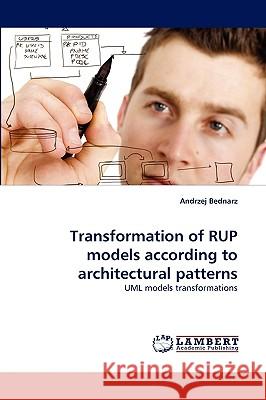Transformation of Rup Models According to Architectural Patterns » książka
Transformation of Rup Models According to Architectural Patterns
ISBN-13: 9783838371122 / Angielski / Miękka / 2010 / 116 str.
In this paper a method that makes RUP more efficient is proposed. The method makes use of the fact that every subsequent model in RUP is developed basing on the previous model. In other words, models are successively transformed from requirements up to executable code, in particular design model bases on an analysis model. The method applies automatic model transformation from an analysis model to a design model. Firstly, an approach for performing automatic transformation is chosen. Secondly, a tool applying this approach is implemented. Finally, the transformation tool is tested and evaluated in an empirical study. The results show that automation of model transformation may be beneficial, and therefore can help in getting better systems in shorten time.
In this paper a method that makes RUP more efficient is proposed. The method makes use of the fact that every subsequent model in RUP is developed basing on the previous model. In other words, models are successively transformed from requirements up to executable code, in particular design model bases on an analysis model. The method applies automatic model transformation from an analysis model to a design model. Firstly, an approach for performing automatic transformation is chosen. Secondly, a tool applying this approach is implemented. Finally, the transformation tool is tested and evaluated in an empirical study. The results show that automation of model transformation may be beneficial, and therefore can help in getting better systems in shorten time.











